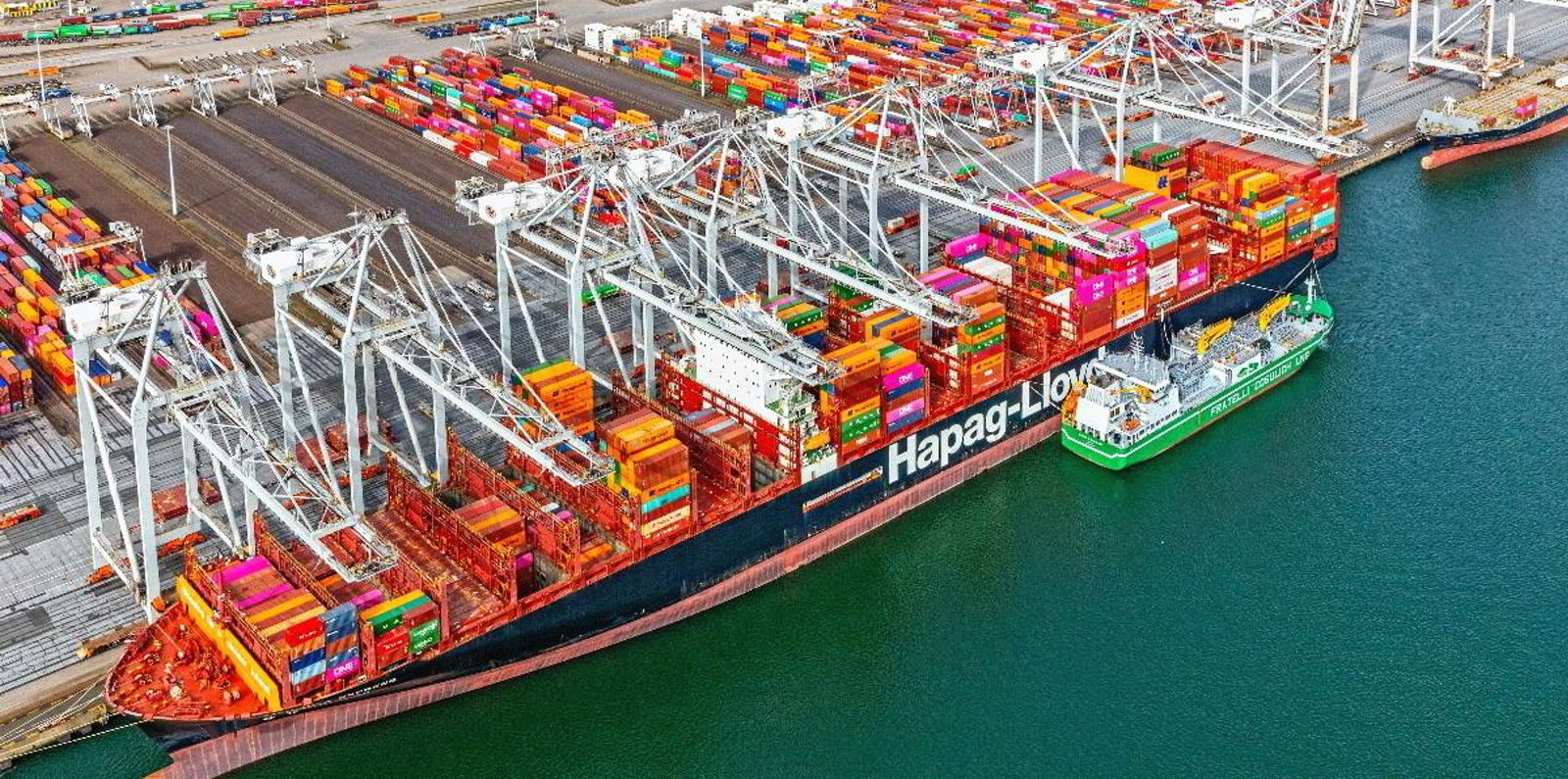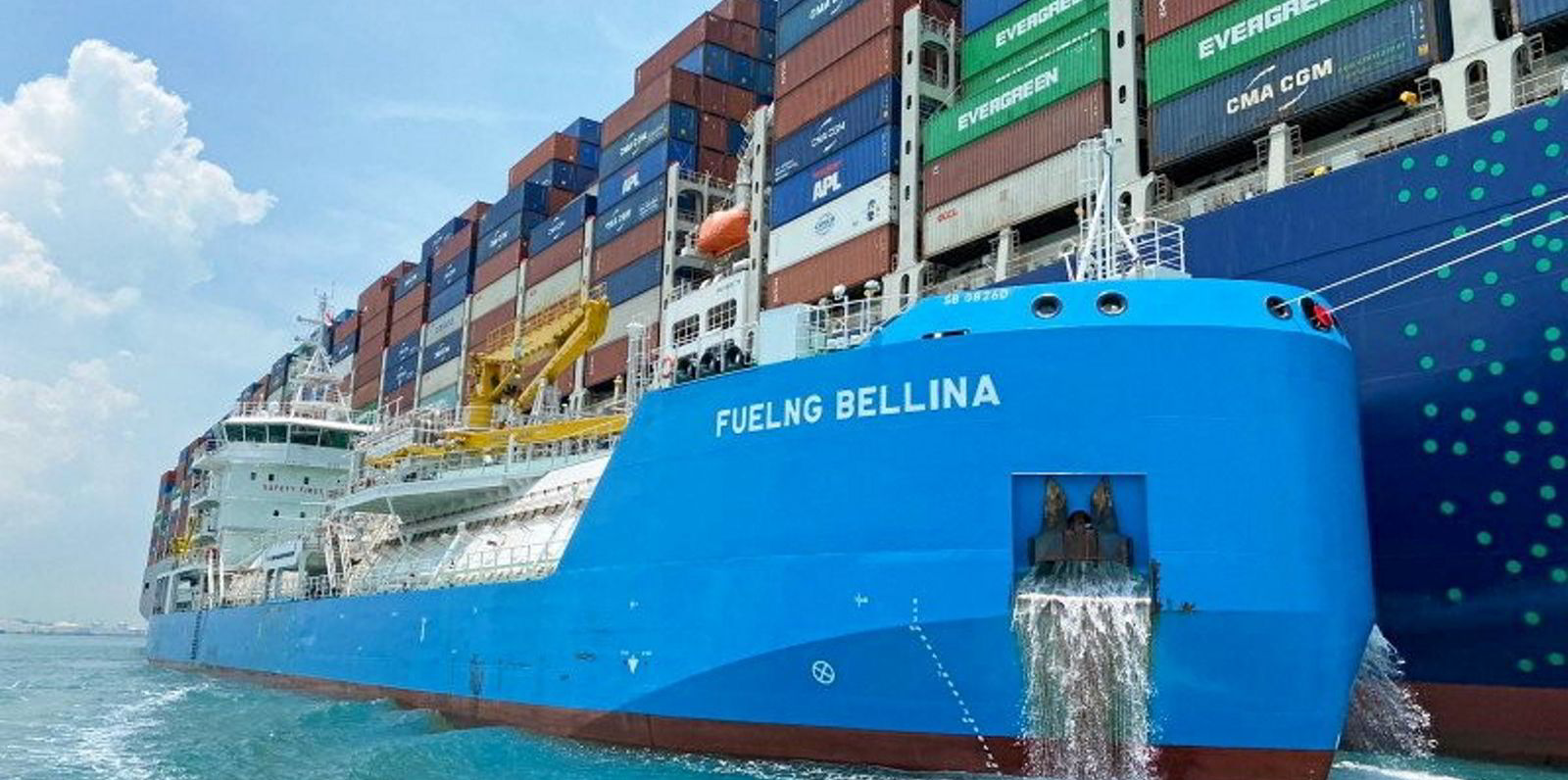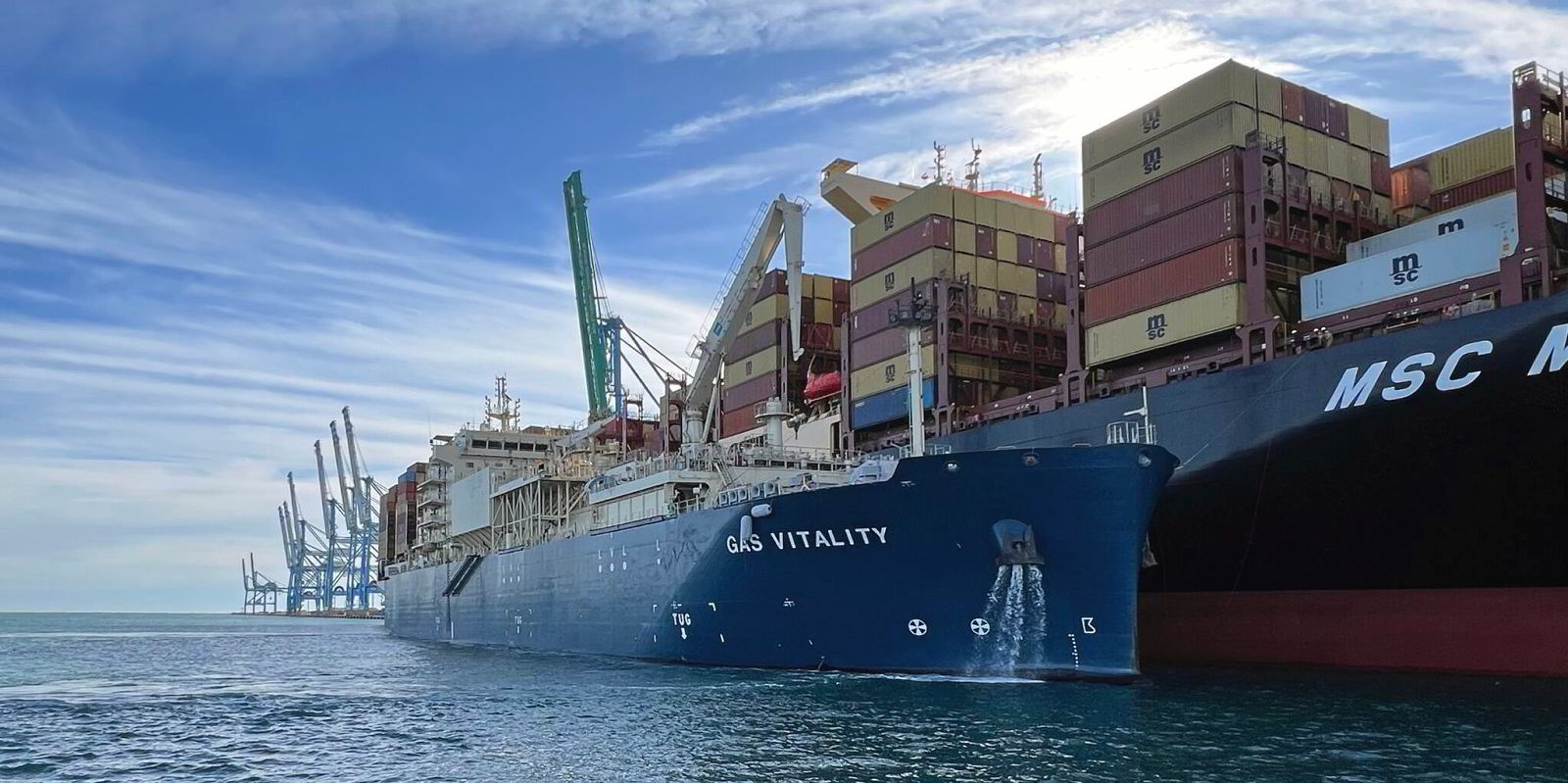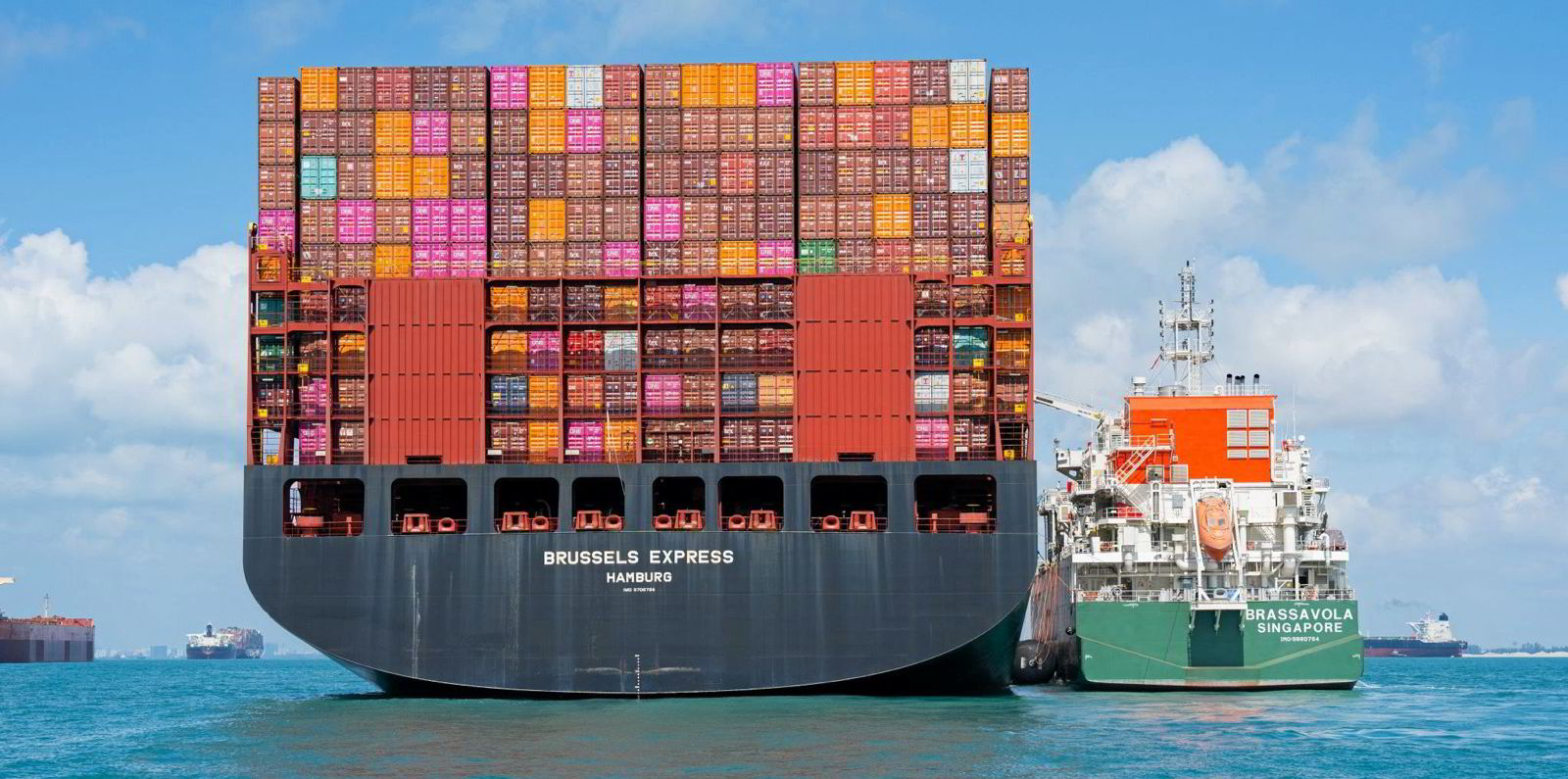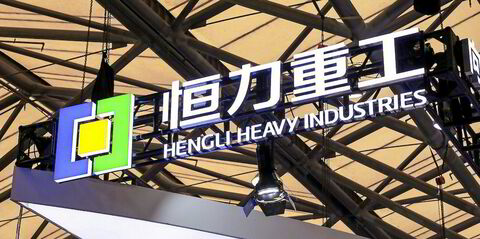LNG bunkering is a maturing yet still very small market but all that is about to change — big time.
Martin Wold, who is head of digital bunkering platform FuelBoss at DNV, said 2.3m tonnes of LNG was bunkered in 2023, which stacks up at about 1% of the global marine fuels market.
Wold then went on to tell delegates at the 11th LNG Bunkering & Future Fuel Global Summit 2024 in Amsterdam that the market is expected to grow by 400% to reach 11m tonnes by 2026 as a wave of newbuildings is delivered.
In the next 12 months, 250 more LNG-fuelled vessels are scheduled for handover, which will effectively double this fleet and create an additional demand for more than 2.5m tonnes per annum of LNG fuel, he detailed. Seven more LNG bunker vessel newbuildings are also scheduled to be handed over in this period.
Wold said the LNG-fuelling market is coming into a new era, which will effectively see one LNG-fuelled vessel delivered every second day.
He highlighted that these are also large vessels — like container ships, car carriers, cruise vessels and tankers — which, he said, will affect the dynamics of the market.
To supply this new generation of vessels there are around 50 LNGBVs in operation and a further 14 on order.
Wold said there is a “clear shortage” of LNGBVs, which is expected to become noticeable in 12 months.
He said the market is already seeing instances where LNGBVs are running back-to-back operations and there is evidence of scheduling clashes.
In theory, the impending gap on LNGBVs should prompt a wave of newbuildings for these niche vessels.
But Anthony Veder’s business development manager, Malte Dabbert, told the conference: “The demand for new ships is a bit blocked by high vessel prices.”
Dabbert priced an 18,000-cbm to 20,000-cbm LNGBV at around $80m.
He said shipowners have a 15-year residual value risk on “extremely expensive assets”.
Serious crunch
Wold said the first available LNGBV newbuilding slots are for delivery dates in late 2026.
“That means we are looking at an 18-month period where we expect there to be a serious crunch and fight for availability and slots for bunker vessels,” he said.
Wold acknowledged that while this is good news for suppliers of LNG bunkers — who have gone through a torrid two years of high LNG pricing — not all fuel buyers will be able to bunker LNG when they need it.
Buying more bunker vessel tonnage is not the only solution but running them more efficiently will help mitigate the problem, he said.
Dabbert suggested one way of tackling the shortage is to bring the newbuilding cost down by building a simplified LNGBV.
He explained that while all the elements on the LNGBV tick list might be desirable, there is a case for shedding some of these, giving the example of the joystick for manoeuvrability as just one of the items that could be lost.
Dabbert said the benefits of a simplified LNGBV design are lower capital and operating expenditure, more flexibility for vessels that could then also work as trading LNG carriers, less greenhouse gas emissions and a drop in residual value risk that owners can then pass on in charter rates.
He said this would give “more affordable vessels, a more profitable business case and more LNG bunker vessels — faster”.
But the Anthony Veder director cautioned that owners still need long-term commitments in what he described as a “small immature market” where every vessel built is against a project.
When the LNGBV sector becomes a 90-ship market then there will be more pooling and efficient use of assets, he added.
But Trelleborg Gas Transfer business development manager Matt Richardson had a perspective from another angle.
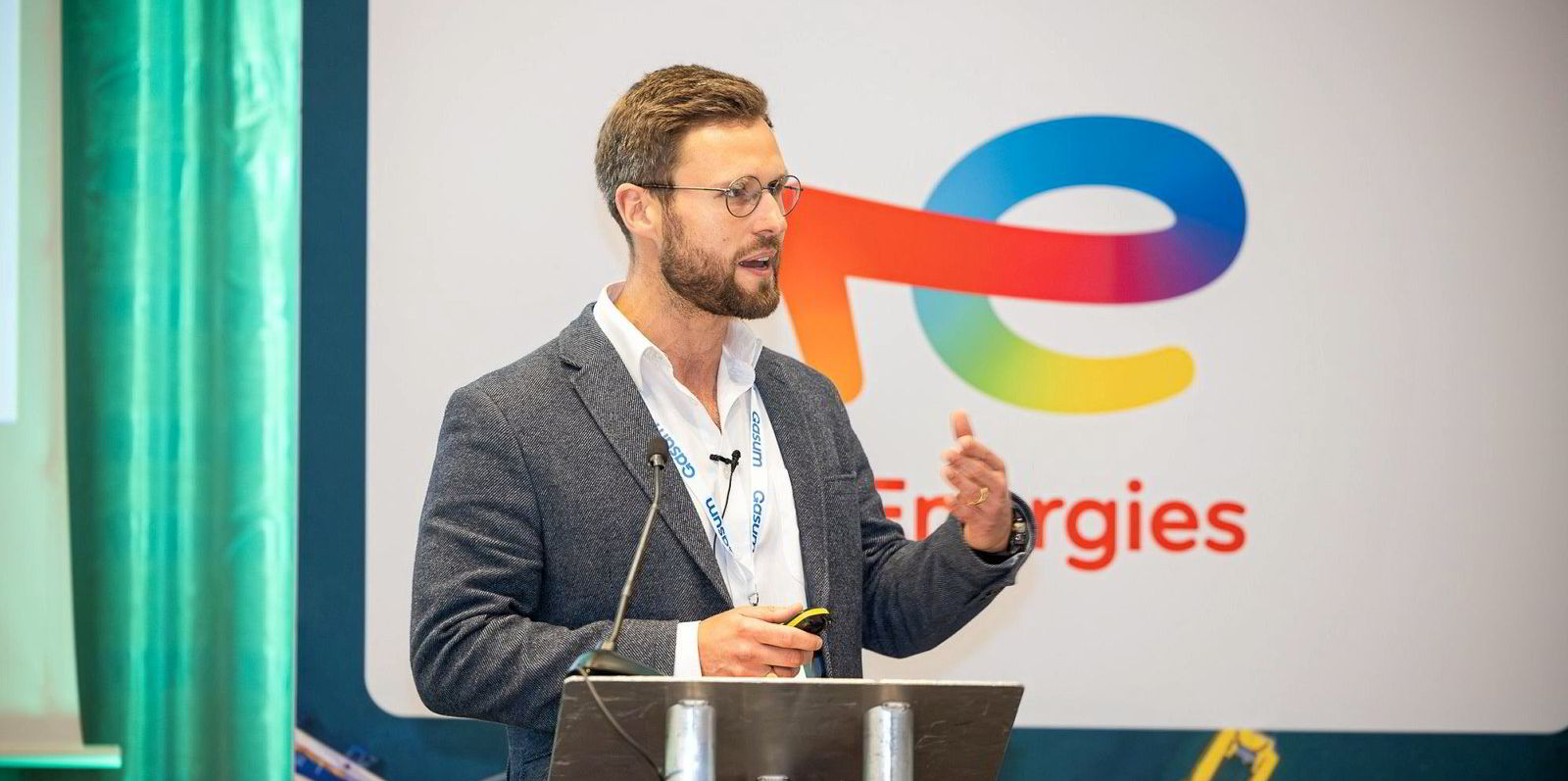
Richardson estimates that around 20 LNG dual-fuelled vessels will need to be refuelled by one LNGBV.
But he said the types of LNG dual-fuelled vessels are also growing with these having different bunker stations that need to be reached by the LNGBV.
Richardson recounted that the industry is seeing LNG-fuelled vessels being delivered with different bunkering stations, some that are enclosed within the ship’s hull and others not.
He described and showed photos of enclosed stations in cramped spaces with chains under tension and other set-ups where cryogenic hoses were resting on vessel rails during bunkering.
Another shot showed tumbled drip trays and gratings on a Chinese-built LNG-fuelled ship, which, Richardson said, was not suitable for operation. He urged owners to think about where they are building vessels and those who will have to operate the equipment downstream.
He also made a bid for the application of bunker station standards for LNG-fuelled vessels. He said there are currently guidelines for these from The Society of Gas as a Marine Fuel but they are not being followed by shipyards.
He said LNGBVs need to be as versatile as possible to maximise compatibility but it is a challenge to do this if it is not clear how the LNG dual-fuelled vessel will be set up.
